Hi there, pet lovers! 🦀
For pet enthusiasts seeking a unique, colorful, and low-maintenance invertebrate, vampire crabs (Geosesarma spp.) are a fascinating choice. These tiny, terrestrial crabs are known for their vibrant colors, striking yellow eyes, and nocturnal habits, making them a captivating addition to bioactive enclosures.
Unlike typical aquatic crabs, vampire crabs thrive in paludariums—a hybrid setup of land and water—offering hobbyists a chance to create a miniature ecosystem. They are social, relatively easy to care for, and breed readily in captivity, though their short lifespan (1–2 years) is something to consider.
In this detailed guide, we’ll cover everything from their natural habitat and behavior to enclosure setup, feeding, breeding, and common health concerns. Whether you’re a beginner or an experienced keeper, this review will help you determine if vampire crabs are the right pet for you.
Overview
Vampire crabs are small, semi-terrestrial crustaceans native to Southeast Asia, particularly Indonesia. They are named for their bright yellow eyes (not blood-drinking habits) and are prized for their vivid purple, orange, and blue coloration. Here’s a quick summary of what makes them unique:
- Handling and Temperament: Generally docile but delicate; best observed rather than frequently handled.
- Care and Maintenance: Moderate—requires a paludarium with both land and water zones.
- Health and Durability: Hardy but short-lived (1–2 years); sensitive to poor water quality.
- Availability: Widely sold in pet stores and online, but captive-bred specimens are preferred.
- Cost: Affordable to purchase and maintain, with setup costs under $100.
Overall: A stunning, low-maintenance crab ideal for paludarium enthusiasts who don’t mind their short lifespan.
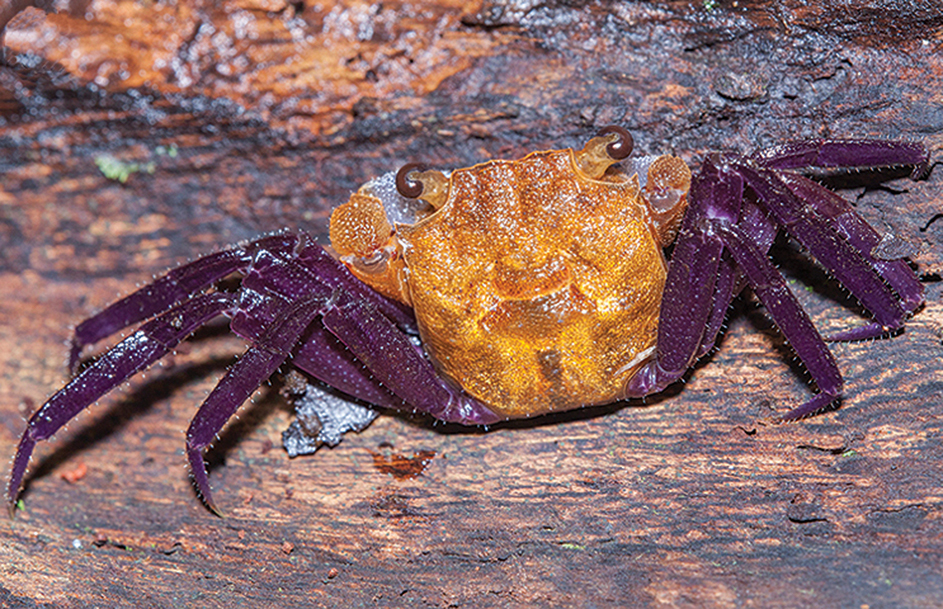
Why Choose a Vampire Crab?
Vampire crabs are one of the most visually striking invertebrates available in the pet trade. Their compact size, vibrant colors, and intriguing behaviors make them a favorite among nano-aquarium and paludarium hobbyists.
Key Reasons to Keep Vampire Crabs
✔ Aesthetic Appeal – Their metallic purple, orange, and blue hues make them living jewels.
✔ Low Space Requirements – A 10-gallon tank can house a small group.
✔ Interactive & Fun to Watch – They forage, dig, and interact with their environment.
✔ Great for Bioactive Setups – Thrive in planted enclosures with live moss and driftwood.
✔ Breeding Potential – Can reproduce in captivity, offering a rewarding challenge.
However, their short lifespan (1–2 years) and cannibalistic tendencies (they may eat their young) are important considerations.
Handling and Temperament
Vampire crabs are not pets for frequent handling, but they are far less aggressive than many other crab species.
Personality & Behavior
- Nocturnal – Most active at night.
- Shy but Curious – Will hide if startled but explore when comfortable.
- Social with Their Own Kind – Can be kept in small groups (with caution).
Handling Tips
- Avoid excessive handling—they are fragile and can be injured easily.
- If necessary, gently scoop from below rather than pinching.
- Never grab by legs or claws—limbs can detach (though they may regrow).
Do Vampire Crabs Pinch?
Unlike hermit crabs, vampire crabs rarely pinch unless severely threatened. Their claws are small and weak compared to larger crab species.

Care and Maintenance
Enclosure Setup
Ideal Tank Size:
- Minimum: 10 gallons for 2–3 crabs.
- Best: 20+ gallons for a small colony with more land space.
Essential Components:
✔ Land Zone (70%) – Coconut fiber, sphagnum moss, and cork bark for burrowing.
✔ Water Zone (30%) – Shallow freshwater (1–2 inches deep) with a gentle filter.
✔ Hiding Spots – Caves, driftwood, and live plants (pothos, ferns, moss).
✔ Lid – Essential! Vampire crabs are escape artists.
Humidity & Temperature
- Humidity: 70–80% (mist daily).
- Temperature: 72–78°F (22–26°C)—no heating needed in most homes.
Feeding
Vampire crabs are omnivores and eat:
- Staple Diet: High-quality crab pellets, fish flakes, and Repashy gel food.
- Protein: Bloodworms, brine shrimp, small crickets (2x a week).
- Vegetables: Blanched zucchini, spinach, and leaf litter.
Feeding Schedule: Small portions every other day; remove uneaten food to prevent mold.
Health and Durability
Common Health Issues
- Shell Problems – Incomplete molting (due to low calcium or humidity).
- Bacterial Infections – Caused by dirty water or poor hygiene.
- Cannibalism – Adults may prey on juveniles; separate if breeding.
Preventative Care
✔ Maintain clean water (partial changes weekly).
✔ Provide calcium (cuttlebone, crushed eggshells).
✔ Monitor humidity to prevent failed molts.
Lifespan Expectancy
- 1–2 years (wild or captivity).
- Breeding: Females carry eggs (~30 days) before releasing fully-formed mini crabs.
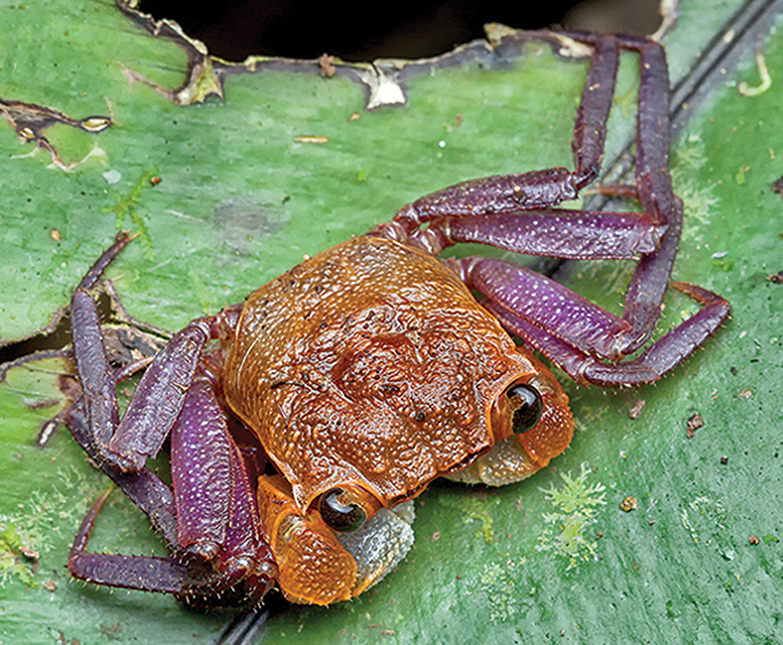
Availability and Cost
Where to Buy
- Reputable Breeders (best for healthy, captive-bred stock).
- Local Fish Stores (sometimes carry them).
- Online Retailers (eBay, aquatic specialty shops).
Cost Breakdown
- Crabs: $10–$30 each (rarer colors cost more).
- Setup: $50–$150 (tank, substrate, plants, filter).
Note: Always verify if crabs are captive-bred—wild-caught specimens may carry parasites.
Pros and Cons
Pros
✅ Stunning colors—unlike any other crab.
✅ Low space requirements (perfect for desktops).
✅ Great for bioactive setups.
✅ Breeding is possible (for experienced keepers).
Cons
❌ Short lifespan (1–2 years).
❌ Cannibalistic tendencies (babies may get eaten).
❌ Need precise humidity/water conditions.
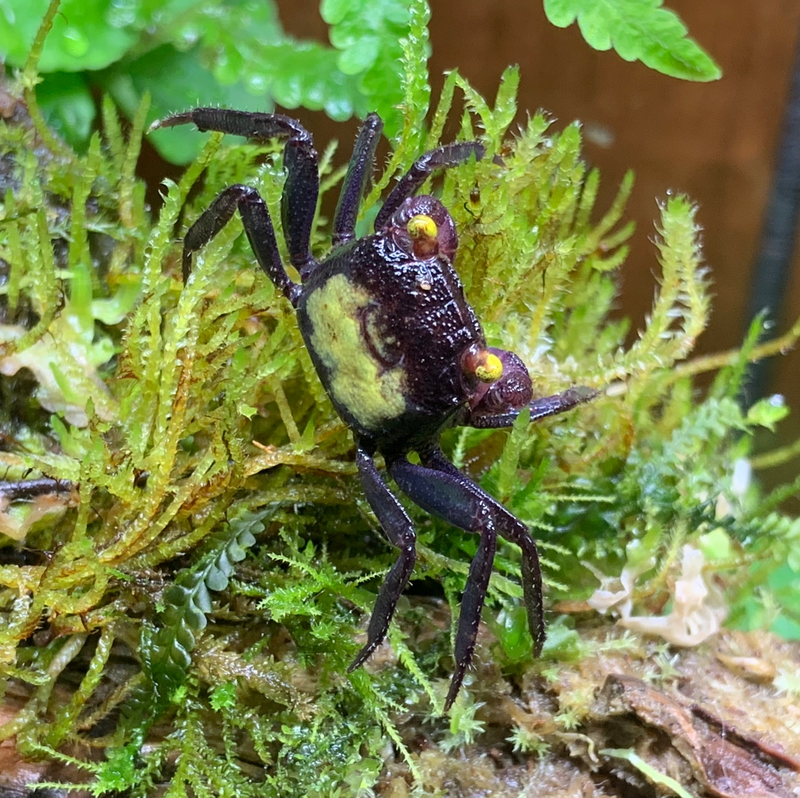
Final Thoughts
Vampire crabs are ideal for hobbyists who love nano-ecosystems and vibrant invertebrates. While their short lifespan is a drawback, their ease of care, stunning appearance, and engaging behaviors make them a rewarding choice.
For those willing to invest in a well-designed paludarium, vampire crabs offer endless fascination. If you’re ready for a small but dazzling pet, these crabs might be the perfect fit!
Have you kept vampire crabs? Share your experiences below! 🦀

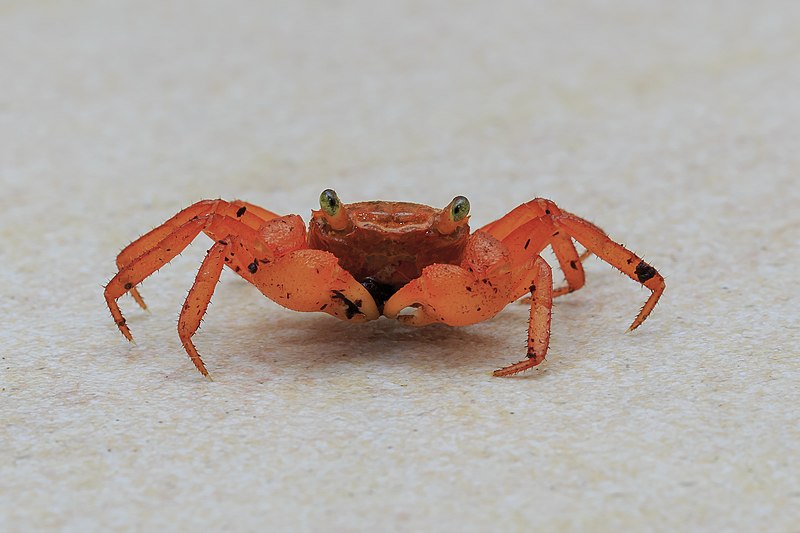


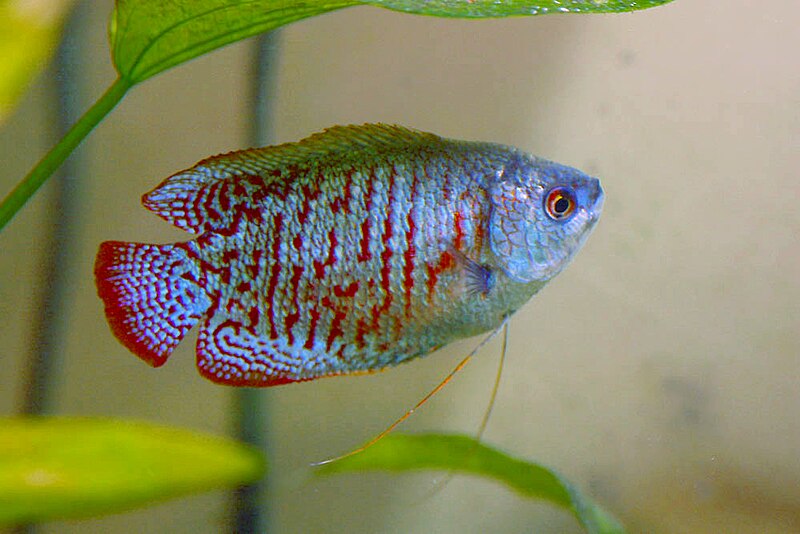

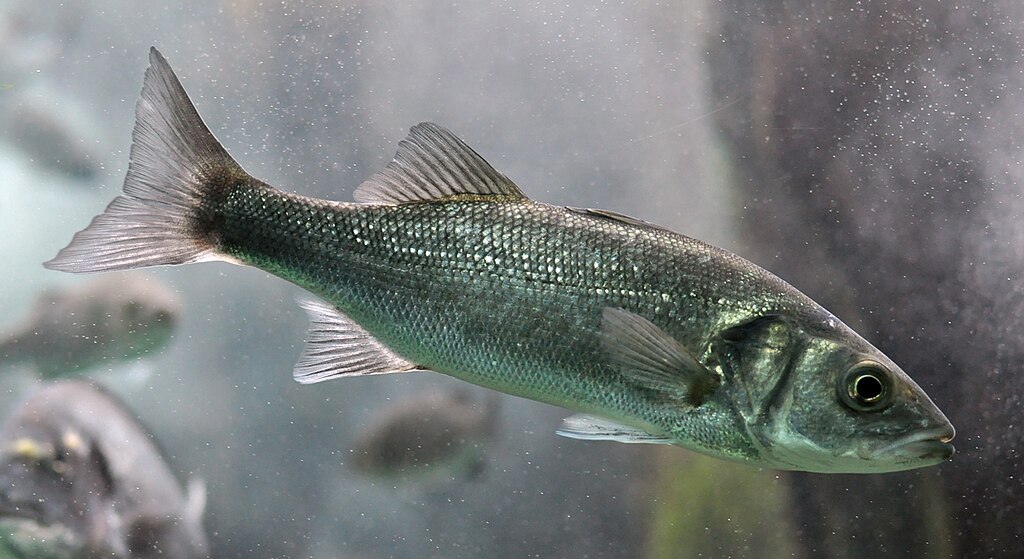
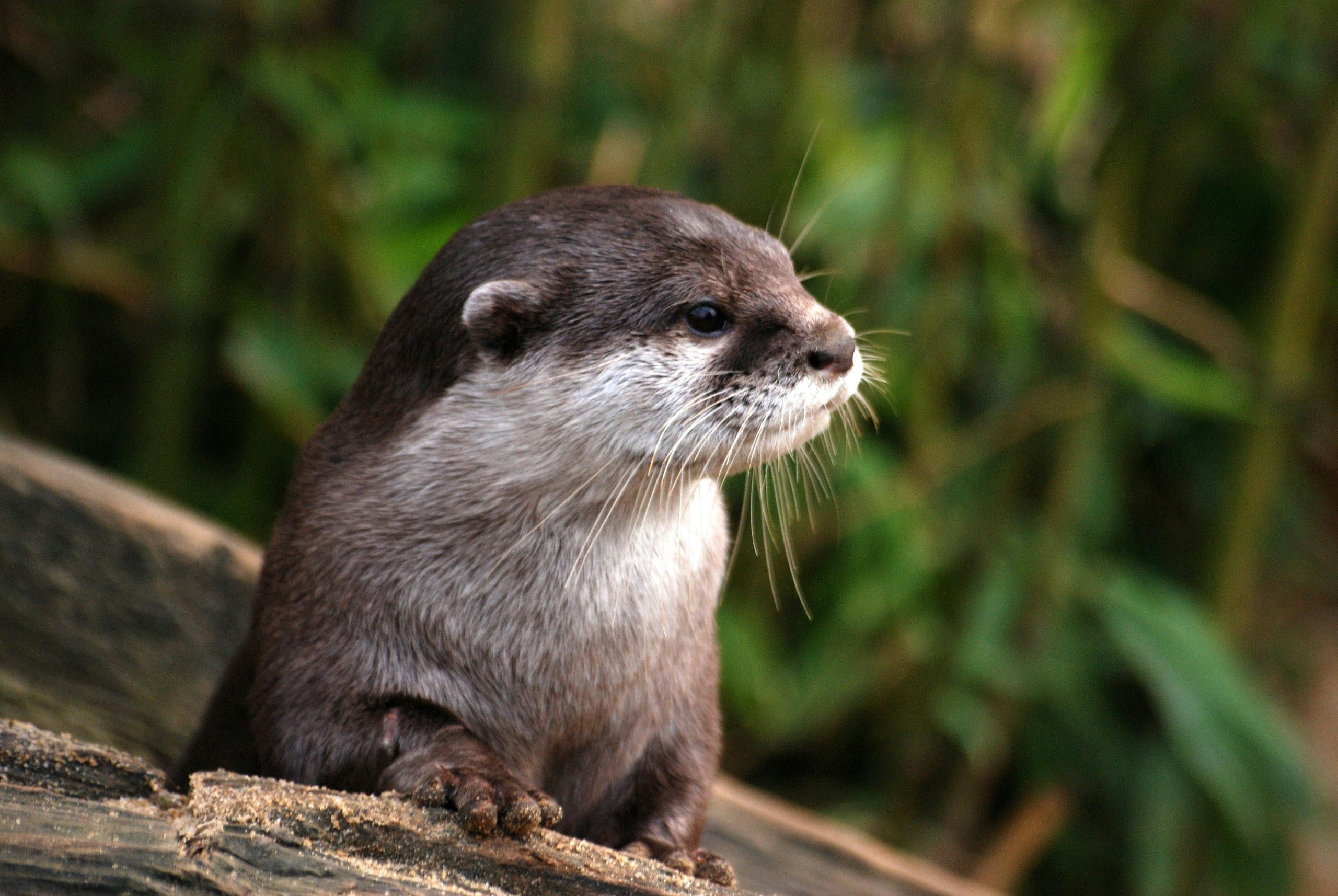
Leave a Reply